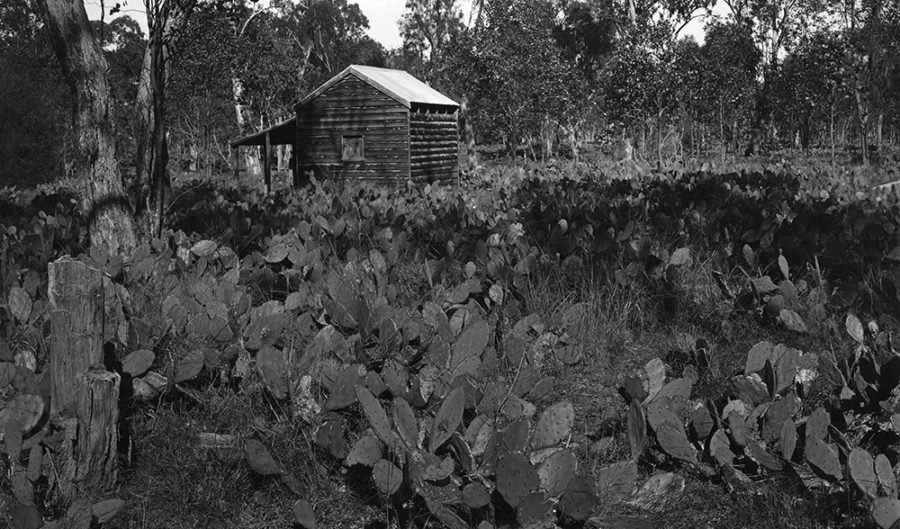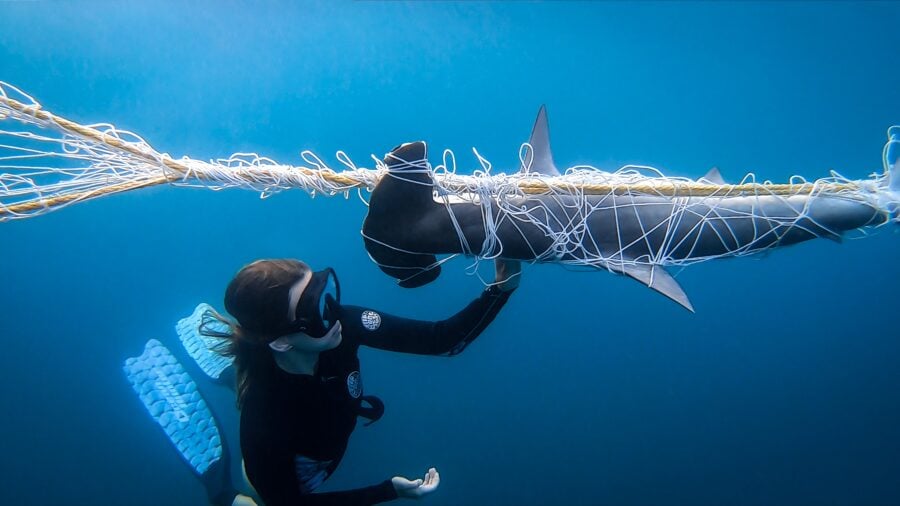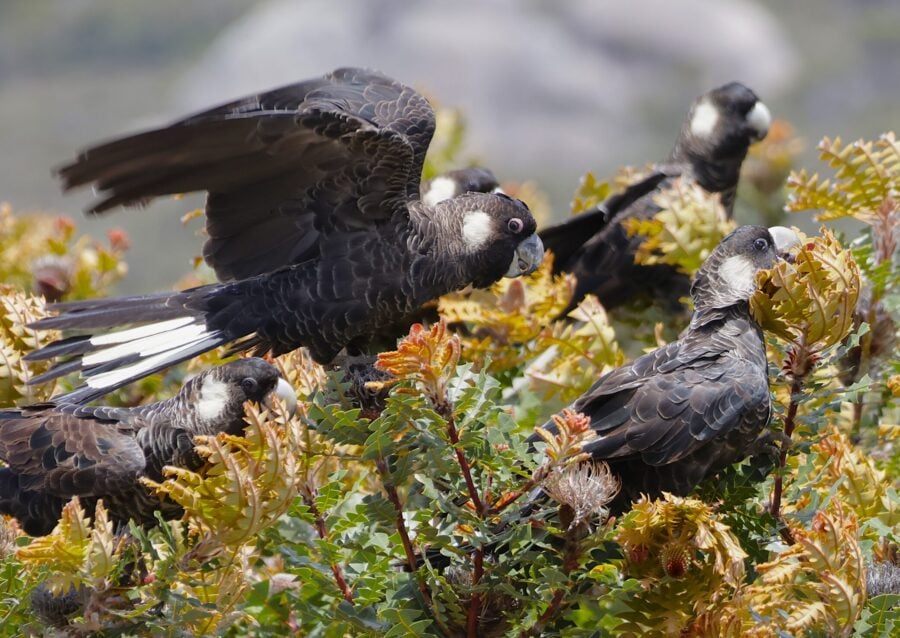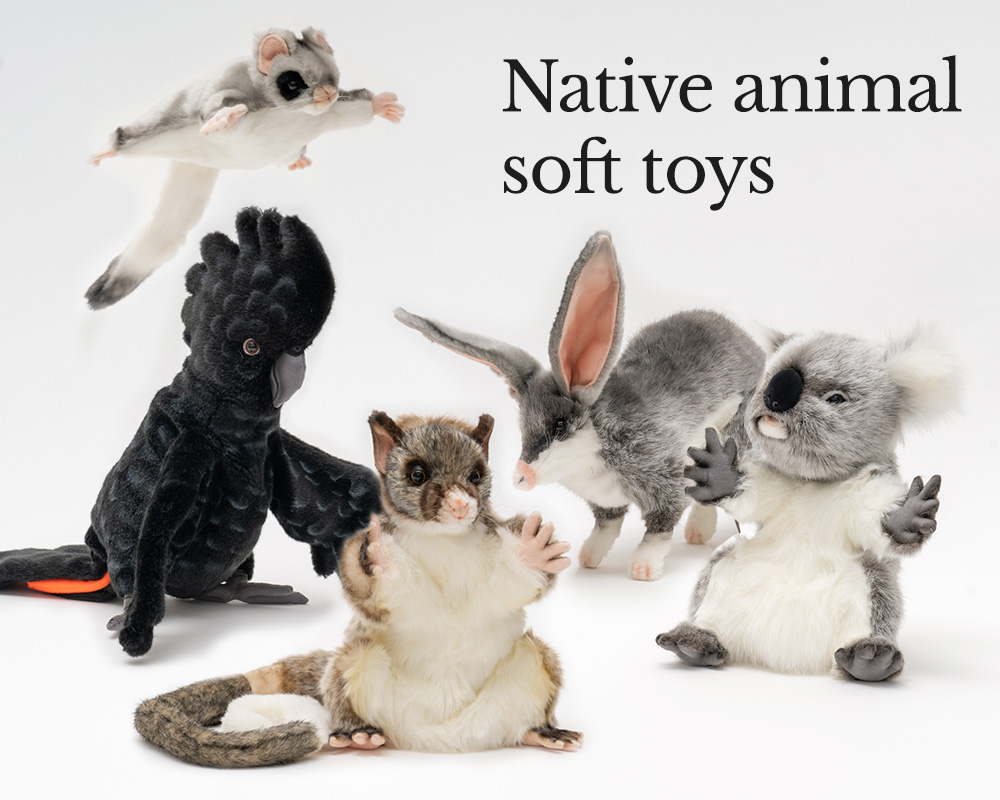Surprising twist in the war on weeds
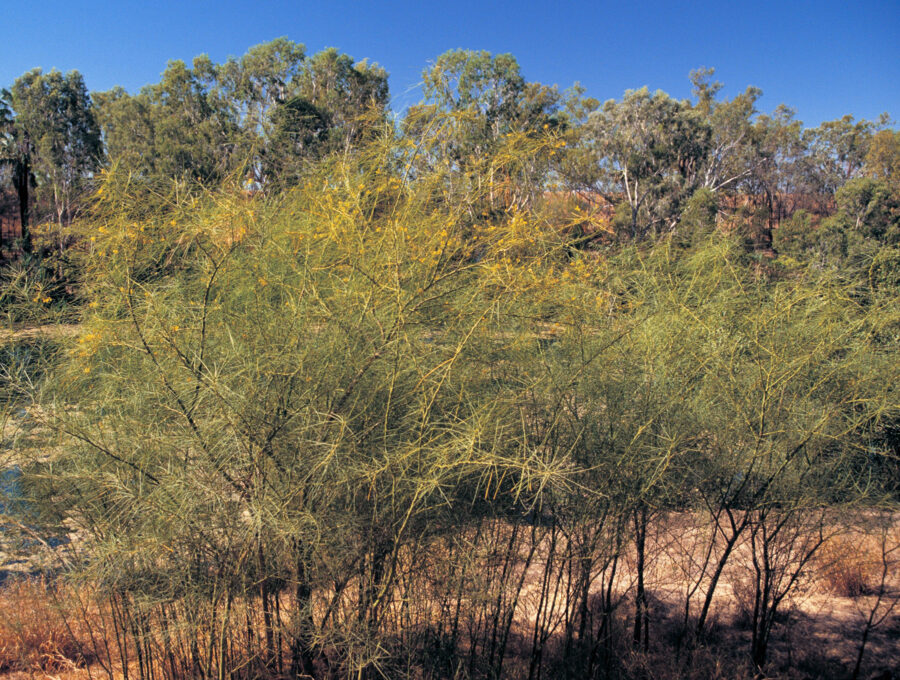
Introducing natural predators to control invasive plants may be backfiring, as weeds start working together against their attackers, a study conducted by UNSW researchers has found.
Biological control – or biocontrol – has long been used to manage weeds. The method involves introducing natural enemies, often insects from the weed’s native range, into the affected area to help restore ecological balance.
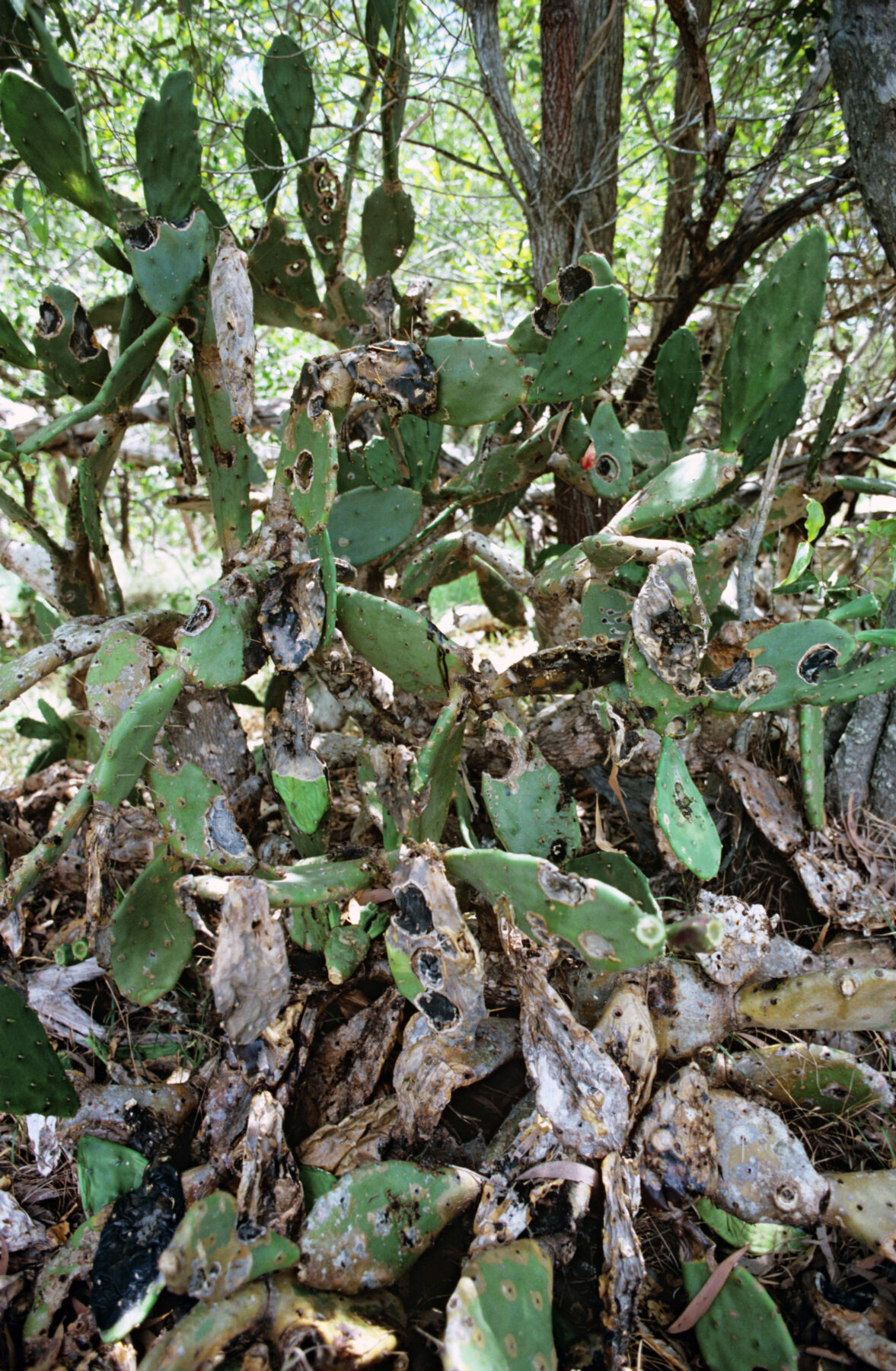
“They’re supposed to knock the invasive species back enough so that we can control their population,” said Professor Stephen Bonser from the UNSW School of Biological, Earth & Environmental Sciences, and lead author of The Biocontrol Paradox pubished in Trends in Ecology & Evolution.
But, according to the study, this method may in fact be suppressing the competitive traits of individual plants, encouraging them to cooperate and grow more effectively.
“The most exciting finding from our latest research is that biocontrol insects applied to invasive plants can inhibit competitive responses and induce cooperative strategies,” Professor Bonser said.
“What we think is happening is that the biocontrol agents are turning aggressive invaders into cooperative communities. And when they cooperate, they can cover massive areas – even more than before.”
Biocontrol has had notable wins in Australia, including the cactus moth’s success against prickly pears, which once spread across 24.3 million hectares in New South Wales and Queensland.
But other attempts, like the 1987 release of the bitou tip moth, have failed to contain bitou bush– a dense South African shrub once strategically planted to stabilise dunes and now spreading rapidly along the coast, each plant producing up to 48,000 seeds a year.
“A single caterpillar can knock back the growth of individual plants of the bitou bush quite substantially, [but] we’re trying to control populations,” Professor Bonser said. “While the moths are now well-established biocontrol agents, populations of bitou bush are still spreading like wildfire.”
Competitive vs. cooperative survival strategies
So, why are some invasive species thriving even when biocontrol agents are in place?
Much like animals, individual plants adopt either competitive or cooperative strategies to survive. In wild ecosystems, competition usually dominates – taller plants overshadow their neighbours, while broader root systems monopolise soil nutrients. But when insects target the very structures that give plants their competitive edge – eating their shoot tips and disrupting vertical growth – that advantage disappears.
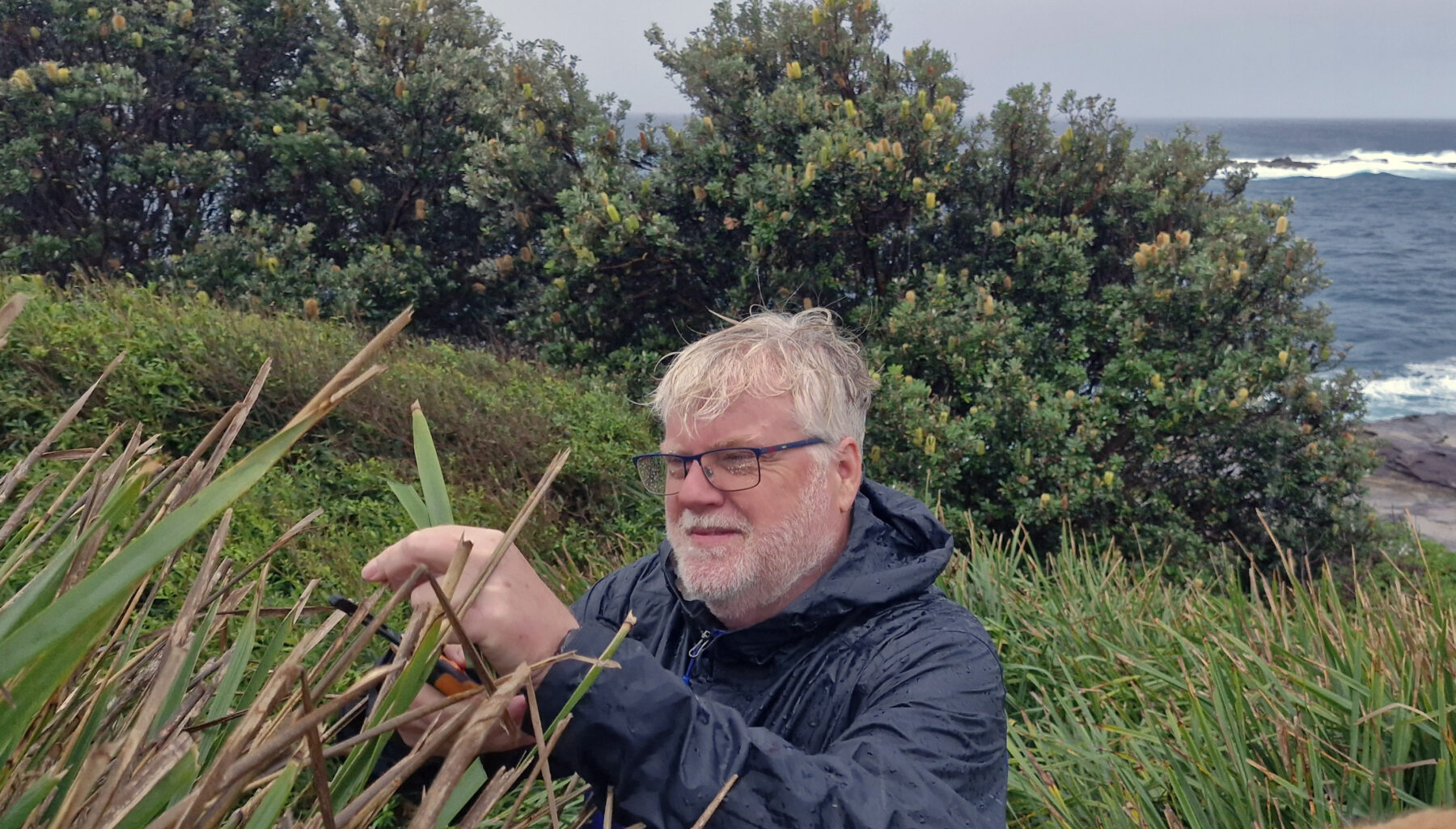
“We think the herbivores trick the plants into cooperating,” Professor Bonser said. “Groups of plants can perform better where resources are not wasted on competitive interactions. Thus, while biocontrol can limit the growth of individual invaders, it can increase the performance of a group. [The plants] stop wasting their energy on fighting and instead start working together.”
There’s also a genetic trade-off at play: weeds that compete by growing taller and faster often become more vulnerable to herbivores. So, when they grow less aggressively, they can then redirect their energy into reproducing.
Agriculture practices
Agriculture has long relied on plants’ cooperation. As Professor Bonser explained, the Green Revolution of the mid-to-late 1900s aimed to make plants work together to boost food production. So, instead of favouring tall, fast-growing varieties, scientists developed shorter, less competitive crops that could produce more food because they didn’t waste energy competing with their neighbours.
“Cooperative traits were bred into plants using early genetic engineering techniques,” he said. “This resulted in shorter plants, and this is how farms became much more productive; because without such traits, crop competition can become counterproductive. For example, when wheat or corn [plants] act as individuals, they fall over and then just rot on the ground.”
Therefore, by introducing insects to combat some weeds, we’re inadvertently encouraging them to work together as an agricultural crop would – to become stronger and more productive.
Rethinking biocontrol success
Until now, biocontrol’s effectiveness has largely been measured by how much damage herbivores can do to an individual plant, but this research suggests that what really matters is the group dynamic.
“I don’t think we’ve been measuring the success of biocontrol agents correctly,” Professor Bonser said. “Instead of judging how useful biocontrol is based on how it affects individual plants, we need to look at how whole groups of plants behave – because what hurts one plant may hurt, or help, the entire team.”

The researchers are now exploring ways to disrupt these botanical alliances.
“Invasive plants are a problem in Australia and around the world as they occupy space and take resources we would prefer to see used by native plant communities or for agriculture,” he said.
“I believe an important step in managing them is in understanding the complexity of ecological interactions and using a more complete understanding of these interactions to our advantage.
“It’s clear that biocontrol doesn’t always work, and we believe [it] can have the unintended impact of increasing the performance of groups of invaders. We also know from other fields of research that groups of cooperators can be broken up through the presence of competitors.”
Going forward, shaking up this cooperative-growth dynamic will be key.
“If we combine biocontrol with the planting of competitive native species, then we should have more success in managing some of our worst invasive plant species,” Professor Bonser said.
